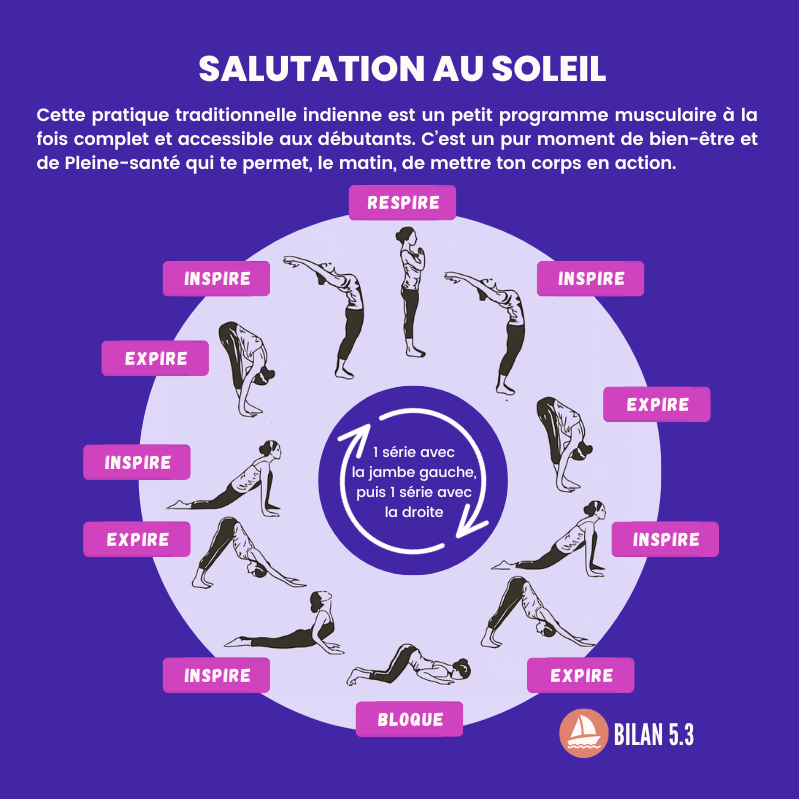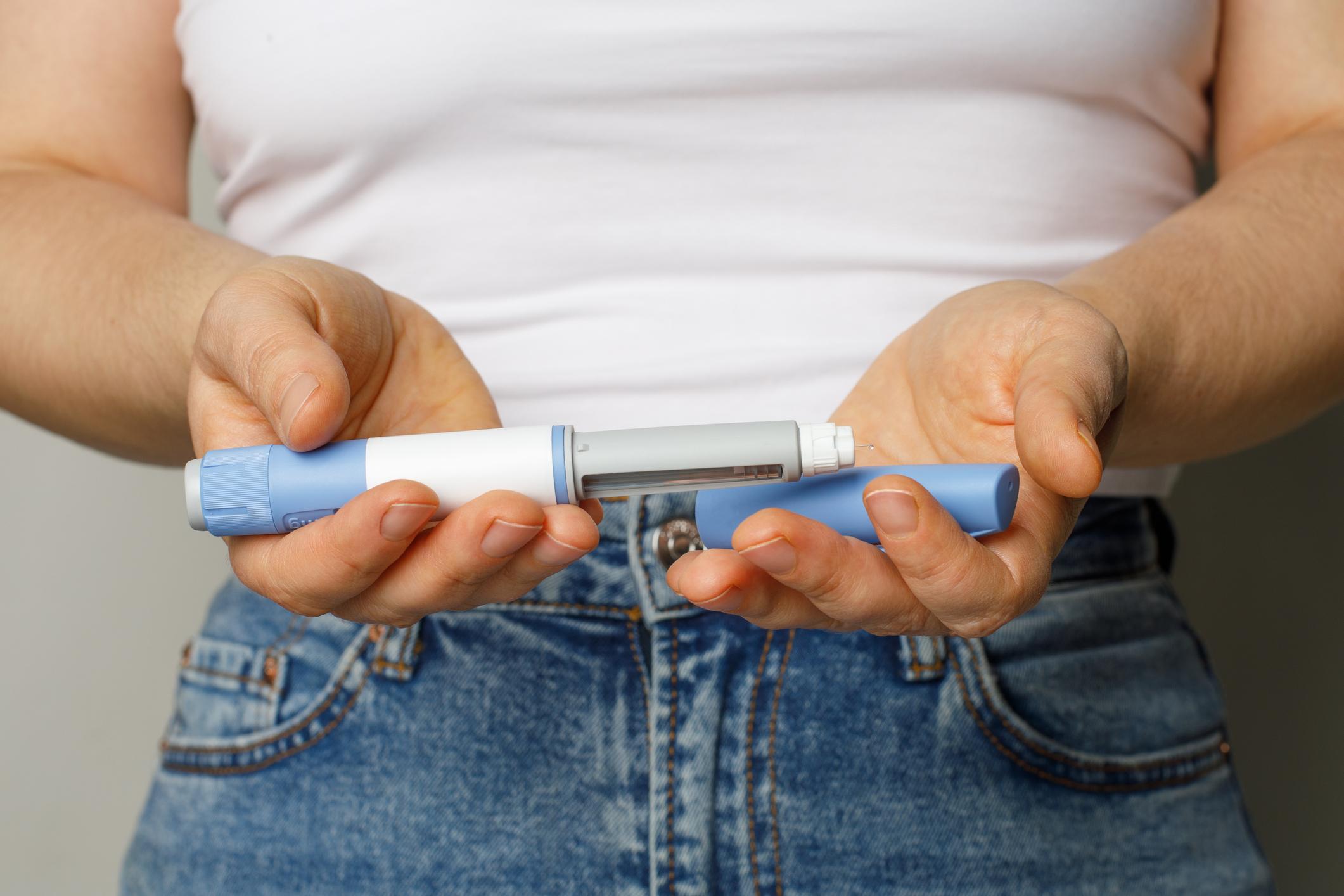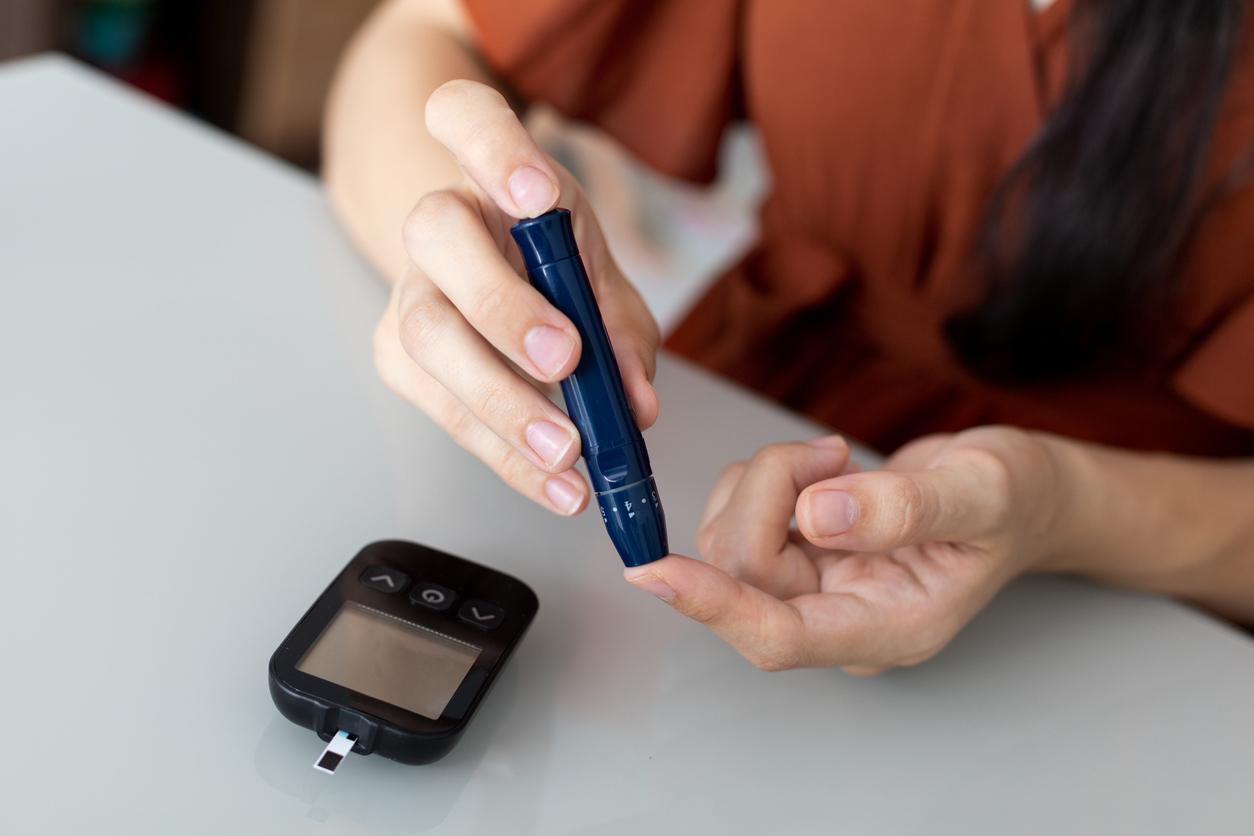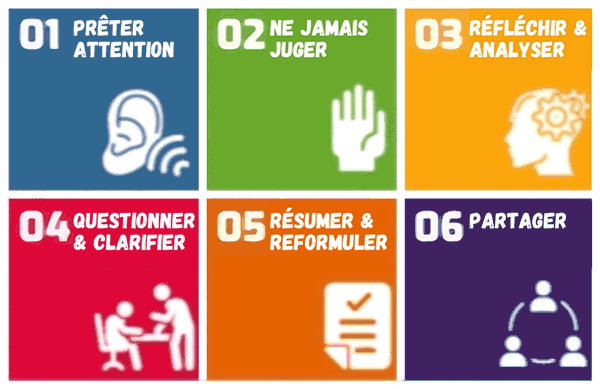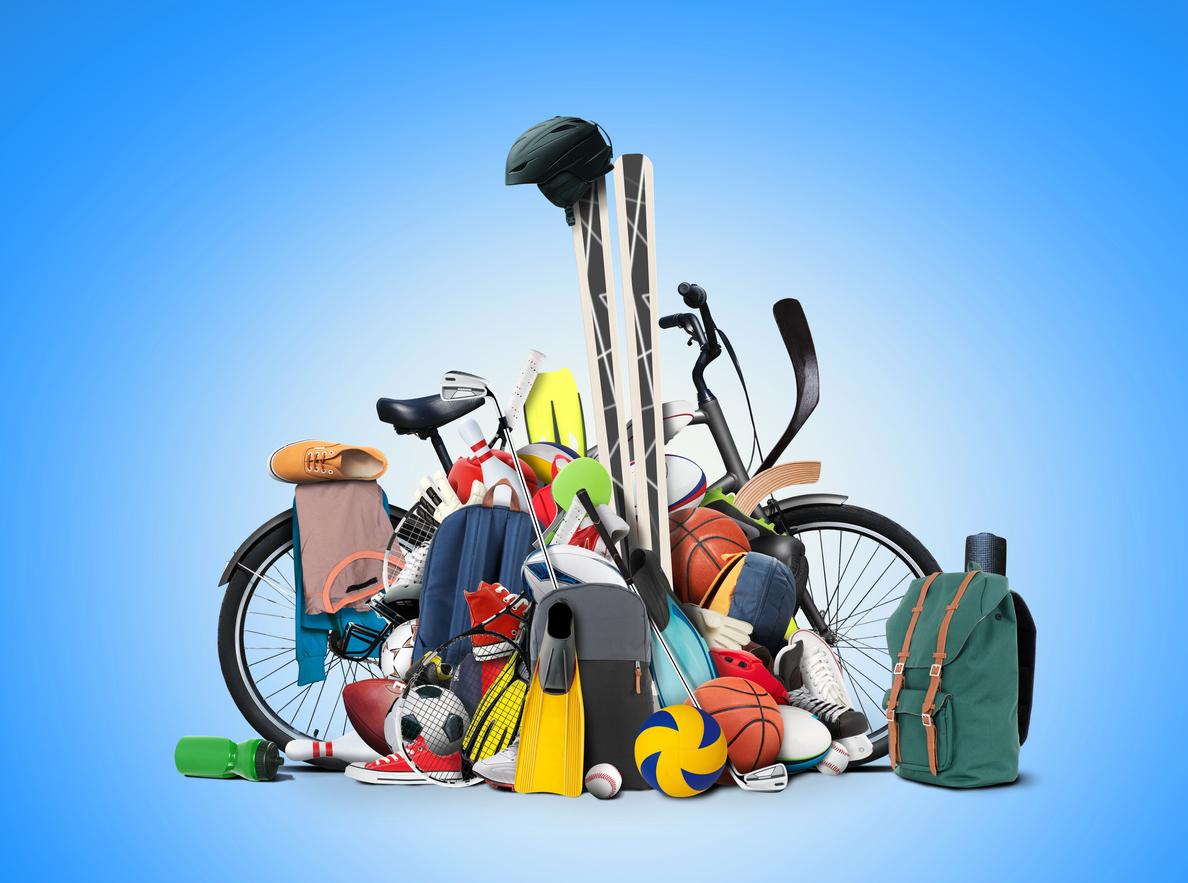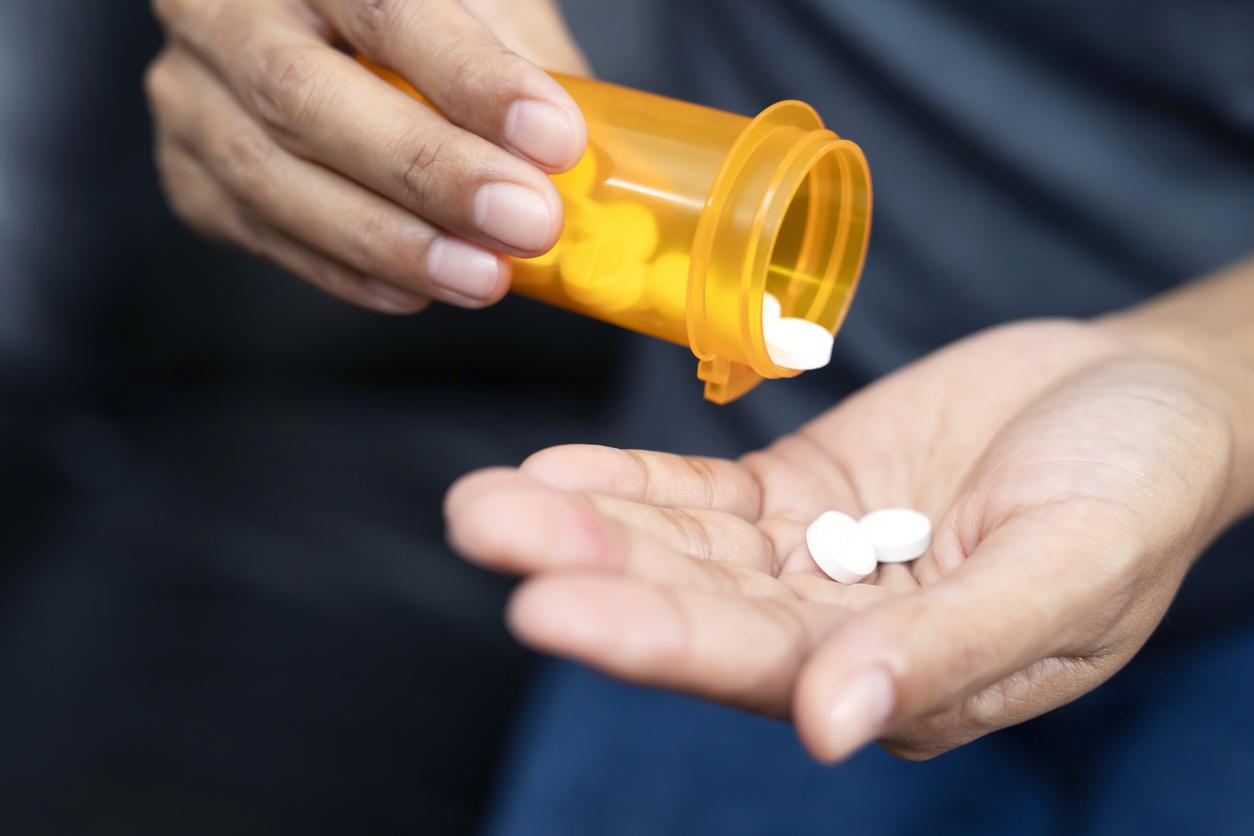Diabetes: the benefits of sport
Exercise and diabetes go hand in hand! Sport can even reduce or even prevent the onset of type 2 diabetes. Physical activity reduces the proportion of glucose in the blood or increases it when it is lacking.1,2,3.
In athletes in general, exercise brings moral and physical well-being, endurance and better cardiovascular health. The practice of a sporting activity also makes it possible to reduce blood pressure, to increase the level of good cholesterol and to maintain a healthy weight.
For type 2 diabetics, regular sports practice and a healthy diet alone constitute prevention and treatment.1,2,, 3. However, for type 1 diabetes, the practice of sport requires more precautions. Ask for your doctor’s opinion.
Sport and diabetes: precautions to take
The practice of sport in people with diabetes must be supervised and monitored medically, particularly in type 1 diabetics because their pancreas does not or little insulin.
After the age of 50, or after 20 years of diabetes, in the event of a sedentary lifestyle, a medical check-up is essential before resuming physical activity.
Before, during and after exercise, it is necessary to control blood sugar levels to prevent hypoglycemia. Take a snack and insulin pens with you if the effort lasts a long time or is important.
Discover the FreeStyle Libre self-monitoring glucose device: it allows you to monitor your glucose level with a simple scan4 at any time of physical activity: www.monfreestylelibre.fr
Finally, like any athlete, the diabetic must warm up well, stop gradually, hydrate and stretch.
Diabetes: which physical activities to practice?
In principle, a person with diabetes can play all types of sport. However, certain activities are to be preferred or avoided depending on each person’s profile.
Jogging, cycling, gymnastics, swimming … Gentle or endurance exercises are particularly recommended because during practice, the muscles always have enough oxygen to burn glucose. On the other hand, sports such as football, tennis or squash are to be avoided because they require significant efforts on the body, sometimes to the point of depriving it of oxygen to burn sugar.
For Sunday sports enthusiasts, keep in mind that gardening, cleaning or simply walking are all activities that also allow you to control your diabetes!
Sources:
1 “Type 1 and 2 diabetes, sport and physical activity”, French Federation of Diabetics (http://www.afd.asso.fr/diabetique/activite-physique)
2 “Diabetes – Fact sheet N ° 312”, World Health Organization (WHO), January 2015 (http://www.who.int/mediacentre/factsheets/fs312/fr/)
3 “Guide to care pathway for Type 2 diabetes in adults”, Haute Autorité de Santé (HAS), March 2014 (http://www.has-sante.fr/portail/jcms/c_1735060/fr/guide-parcours-de-soins-diabete-de-type-2-de-l-adulte)
4 FreeStyle Libre User Manual
The FreeStyle Libre Self-Monitoring Glucose Monitoring System is a continuous measurement of interstitial fluid glucose levels in people over 4 years of age with diabetes mellitus. In children (4 to 17 years old) the indication is limited to those supervised by an adult person in charge of their treatment.
Its use requires education with a healthcare professional.
If there is a discrepancy between the result and your current state of health, contact your healthcare professional.
Read the instructions carefully.
This medical device is a regulated health product which bears, under this regulation, the CE marking.
Manufacturer: Abbott Diabetes Care Ltd – Range Road – Witney – Oxon OX29 OYL – UK
Distributor: Abbott Diabetes Care – 12 rue de la Couture – BP20235 – 94528 Rungis Cedex.
GP1101ADC052- January 2016








